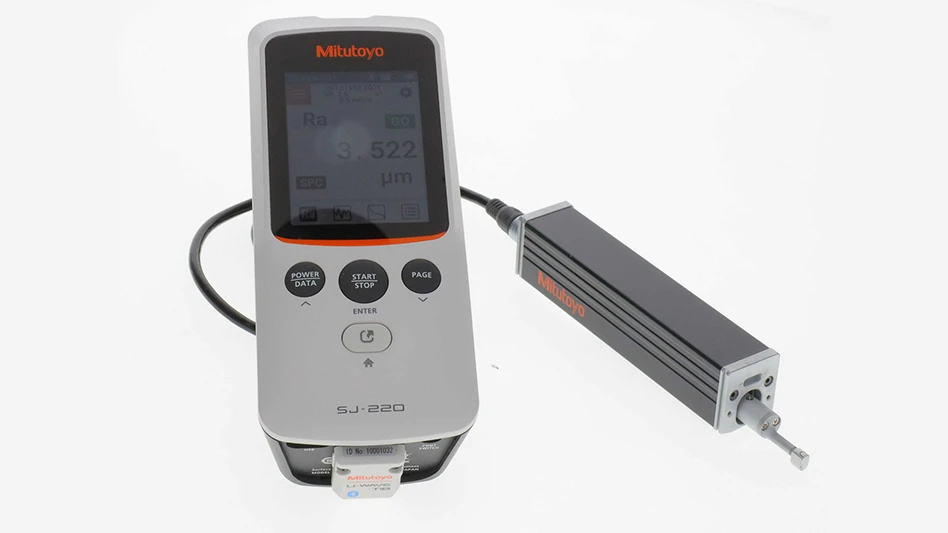
Abbott officials announced CE Mark in Europe for the XIENCE Xpedition 48 Everolimus Eluting Coronary Stent System, the first-of-its-kind treatment for very long blockages in the vessels that supply blood to the heart due to coronary artery disease (CAD). XIENCE Xpedition 48 leverages the proven design and clinical outcomes of the XIENCE family of drug eluting stents in a unique 48mm length. Abbott continues to offer physicians more options for the treatment of patients with complex coronary artery disease and is the only major manufacturer to offer a coronary drug eluting stent greater than 38mm in length. XIENCE Xpedition 48 is the latest in a long history of stent innovations pioneered by Abbott, which was the first company to offer physicians size-specific metallic stents for use in small and large vessels of the heart.
Studies indicate that physicians choose to use multiple shorter length stents to meet the challenges of treating long blockages – or lesions – in as many as 30% of interventional heart procedures, as conventional stent sizes may not always fully cover the lesion.[1] It has been shown, however, that the use of a single stent instead of multiple stents may result in several procedural benefits, including the use of fewer devices, less exposure to X-ray during the procedure, and reduced procedure time, which could lead to economic benefits.[2]
In patients with coronary artery disease, lesions are caused by the buildup of fat and cholesterol inside blood vessels; long lesions are most often seen in patients with diabetes, a significant and growing portion of the population due to changing diet and lifestyle habits.[3] When the blood vessels feeding the heart are blocked or partially blocked due to CAD, patients can experience symptoms such as chest pain and shortness of breath, and in some cases, a heart attack.
"With global economic pressures impacting hospitals and health care systems around the world, products like XIENCE Xpedition 48 may provide important cost savings to the system," states Peter Smits, M.D., Maasstad Ziekenhuis, Rotterdam, the Netherlands. "I believe that this new treatment option, backed by the robust clinical outcomes of the XIENCE family of drug eluting stents, will help physicians in the treatment of long lesions."
XIENCE Xpedition 48 is supported by strong clinical evidence from the XIENCE family of drug eluting stents, including data from more than 53,000 patients across more than 100 studies with long-term outcomes out to five years. The safety of the XIENCE family of drug eluting stents has been consistently demonstrated in a number of clinical trials representative of routine clinical practice. The XIENCE family has one of the broadest ranges of CE Mark indications for drug eluting stents on the market in Europe, including indications to treat patients with complex disease such as diabetes.
"One of the hallmarks of Abbott's vascular product development is our ability to identify new ways to help physicians address the needs of their patients," says Charles A. Simonton, M.D., FACC, FSCAI, divisional vice president, Medical Affairs and chief medical officer, Abbott Vascular. "XIENCE Xpedition 48 provides a new, unique solution for treating patients with very long lesions, affirming Abbott's commitment to continued innovation."
XIENCE Xpedition is available in one of the broadest size matrices on the European market, with diameters ranging from 2.25mm to 4mm, including a unique 3.25mm diameter, and now with lengths ranging from 8mm to 48mm.
About the XIENCE Family of Drug Eluting Stents
In the United States, the XIENCE Xpedition and XIENCE PRIME stent systems, including XIENCE PRIME LL, are indicated for improving coronary artery luminal diameter in patients with symptomatic heart disease due to de novo native coronary artery lesions (lesions ≤ 32mm) with reference vessel diameters of ≥ 2.25mm to ≤ 4.25mm.
[1] Raber, L., Juni, P. et al. Impact of stent overlap on angiographic and long-term clinical outcome in patients undergoing drug-eluting stent implantation. Journal of the American College of Cardiology 2010; 55(12):1178-88
[2] Hoffman, R., Herrmann, G. et al. Randomized comparison of success and adverse event rates and cost effectiveness of one long versus two short stents for treatment of long coronary narrowings. The American Journal of Cardiology 2002; 90:460-464
[3] Morgan, K.P., Kapur, A. & Beatt, K.J. Anatomy of coronary disease in diabetic patients: an explanation for poorer outcomes after percutaneous coronary intervention and potential target for intervention. Heart 2004; 90:732-738.
Get curated news on YOUR industry.
Enter your email to receive our newsletters.Latest from Today's Medical Developments
- Incredible Machine works on the Rube Goldberg principle
- FAULHABER’s metal planetary gearhead family
- Aerospace Industry Outlook - Spring 2025, presented by Richard Aboulafia
- World’s smallest pacemaker is activated by light
- FANUC America’s ready-to-deploy cobot web tool
- #42 Lunch + Learn Podcast - Quell Corp
- Siemens accelerates path toward AI-driven industries through innovation and partnerships
- REGO-FIX’s ForceMaster and powRgrip product lines





